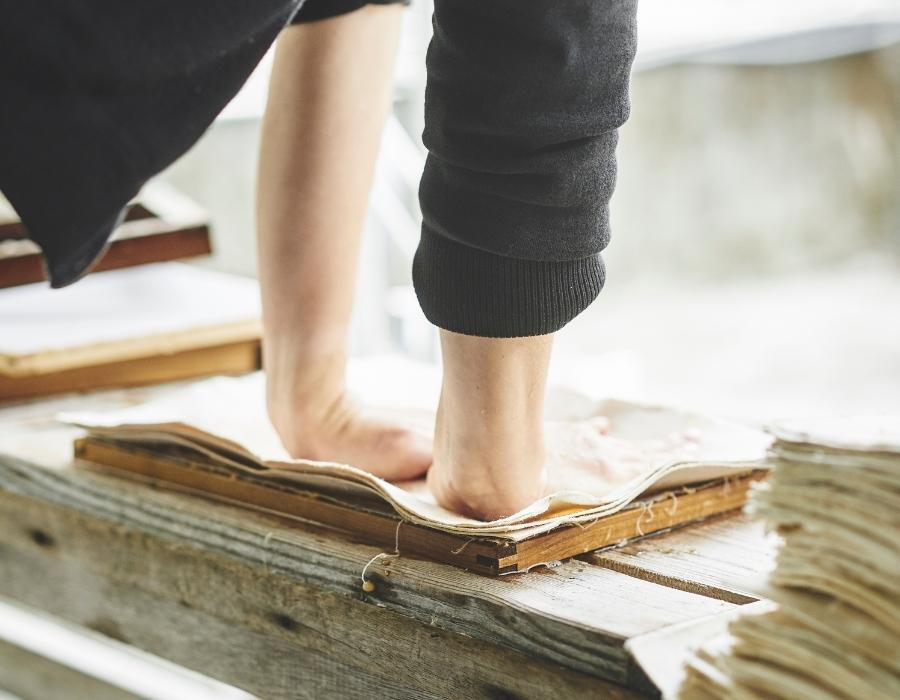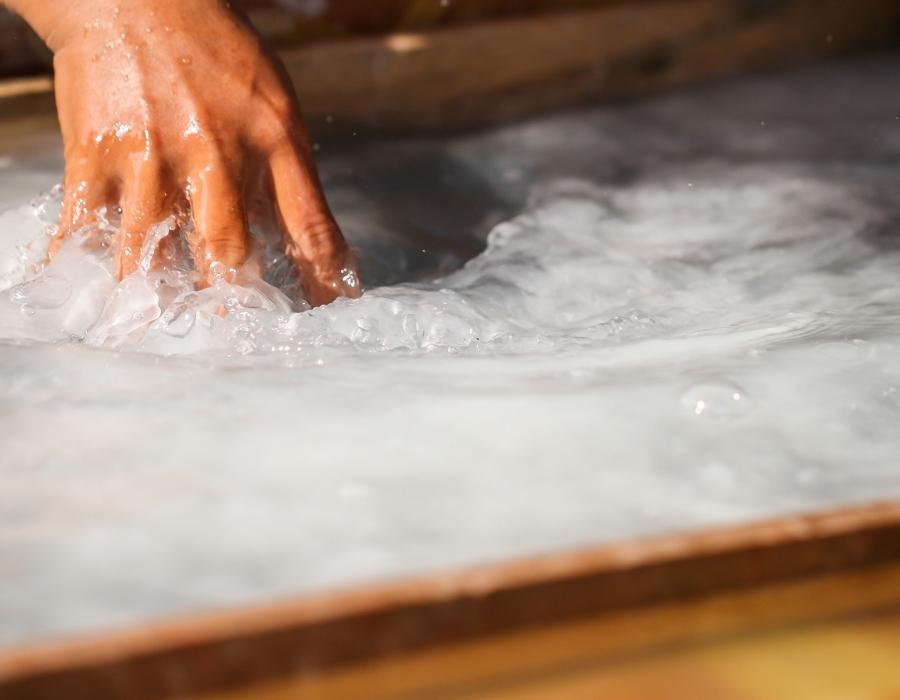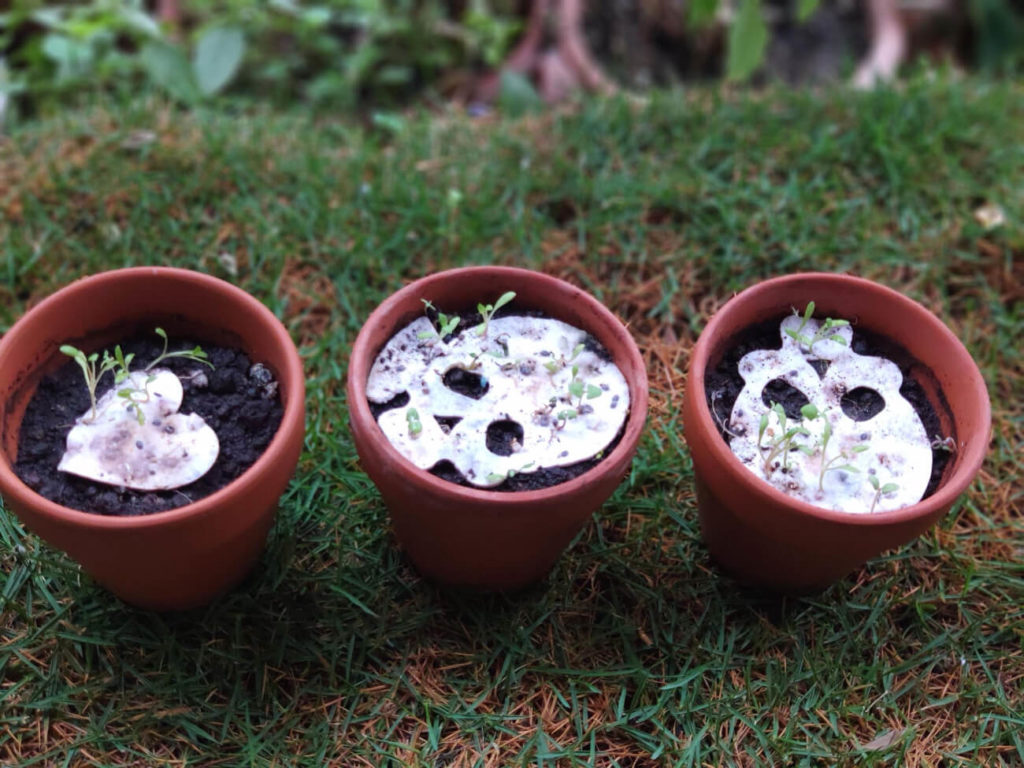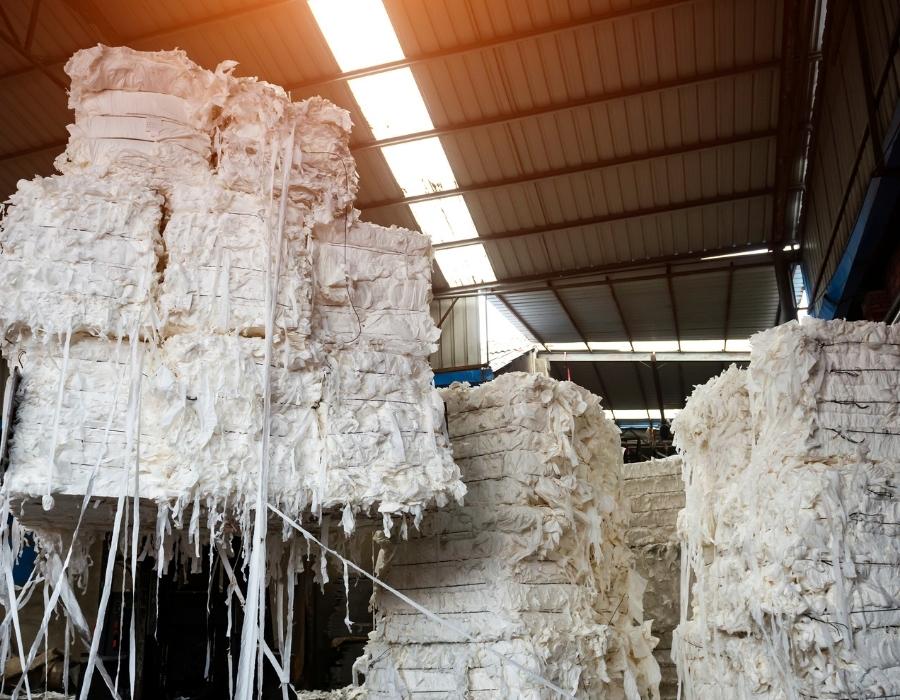How is seed paper made?
Making Seed Paper by Hand
The most traditional method of manufacturing seed paper is still the most prominent in the plantable paper industry. Handmade seed paper is created by first producing a pulp, this is achieved by adding warm water to a variety of recycled papers and mixing vigorously.
Seeds of various varieties are then added to this mix and stirred to ensure an even spread throughout the mixture.


Once this is complete, the sheets are left to dry on a flat surface to reduce imperfections in the surface of the paper and create a more even finish.
This paper will then be cut as required to make either sheets or a finished product like seed paper tags.
Seed Paper Manufacturing
We don’t just buy seed paper and print on it. Here at UK Seed Paper we manufacture our own seed paper from waste paper. Want to find out more about our different paper types we offer?
Homemade and Artisan Seed Paper
Many papermakers are producing seed paper on a micro-scale in kitchens, studies and garages all over the United Kingdom. While the process may vary slightly the principle is very similar to Handmade Seed Paper with the main difference being the method of pulping which is often completed using a kitchen blender.
If you’re interested in learning how to make your own plantable seed paper at home we have a detailed guide on How To Make Seed Paper yourself.


Machine Made Seed Paper
Seed paper produced in this fashion is great for printing and crafting due to it’s uniform finish in both size and surface texture.
Seed Paper Comparison Chart
Handmade
- Uses recycled paper
- Great germination rate
- Uneven surface
- Hard to print
Homemade
- Can be made at home
- Add your own seed mix
- Very time consuming
- Requires skill and practice to perfect
Machine Made
- Perfect for printing
- High quality, consistent finish
- Less sustainable
- Lower germination rate
Custom Print
We can provide custom printing on any of our plantable paper
Secure Payment
Bank transfer or we use Stripe for secure online payments
Fast Delivery
Options include 48 hour delivery or 7-10 days.
Order Tracking
ALL orders are sent via recorded tracked delivery

